Rejuran is a recent K-beauty import that has taken the Korean aesthetic surgery market by storm as it is a novel filler product manufactured from purified polydeoxyribnucleotides (PDRN) that have been shown to promote wound healing by stimulating tissue repair. PDRN has been extracted from multiple sources, such as human placentas, but in the case of Rejuran it is extracted from salmon semen. Yes, you read right, salmon semen. While it may sound a bit extreme, this purified PDRN has been shown in several studies to accelerate the would healing process by influencing cellular growth pathways, such as initiating intracellular signaling through G-protein coupled receptors, which promotes anti-inflammatory effects and stimulates cellular repair.
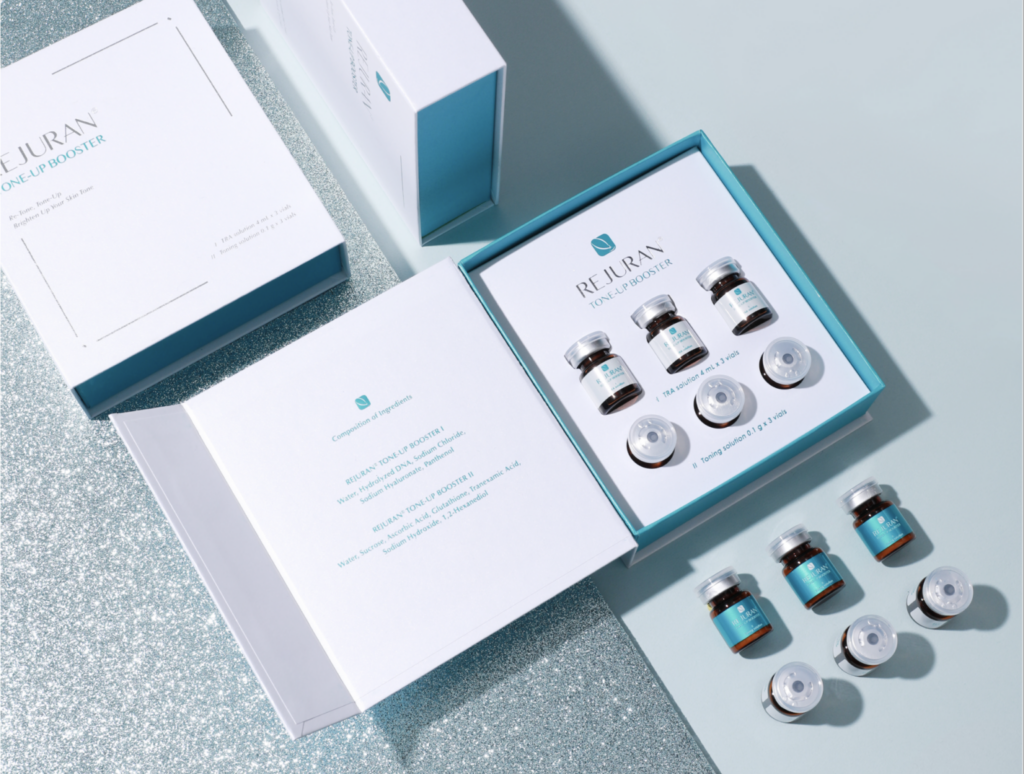
PDRN has been applied to the clinical setting to help promote more rapid wound healing in the case of diabetic foot ulcers, and now more recently as a skin boosting treatment in cosmetic plastic surgery. The same anti-inflammatory and cellular proliferation effects are harnessed to provide quicker recovery from energy-based and laser-based skin toning and tightening treatments, and as a way to create a “boost” of skin recovery from accumulated damage from exposure to UV radiation from the sun and environmental toxins. Skin appears rehydrated and restored, for a more youthful appearance.
Learn more: https://www.halobeverlyhills.com/services/rejuran/
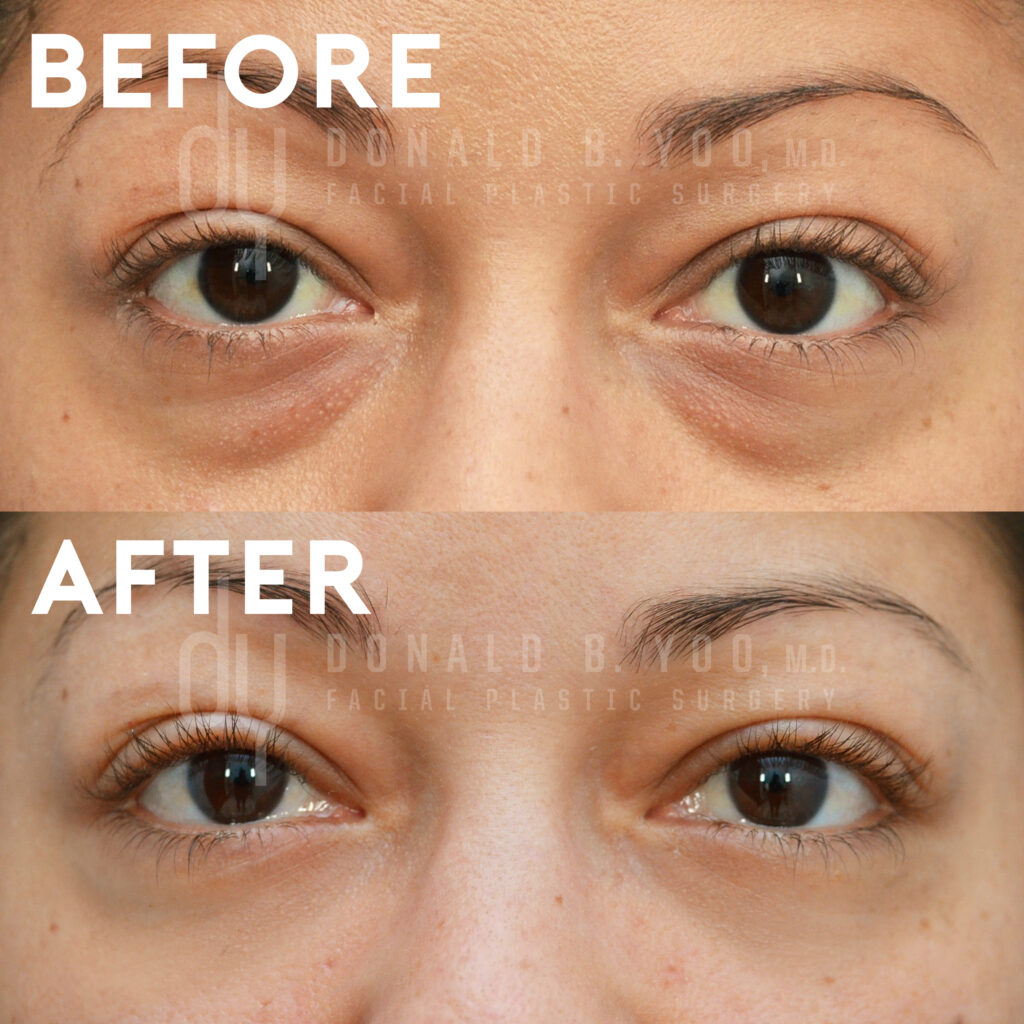
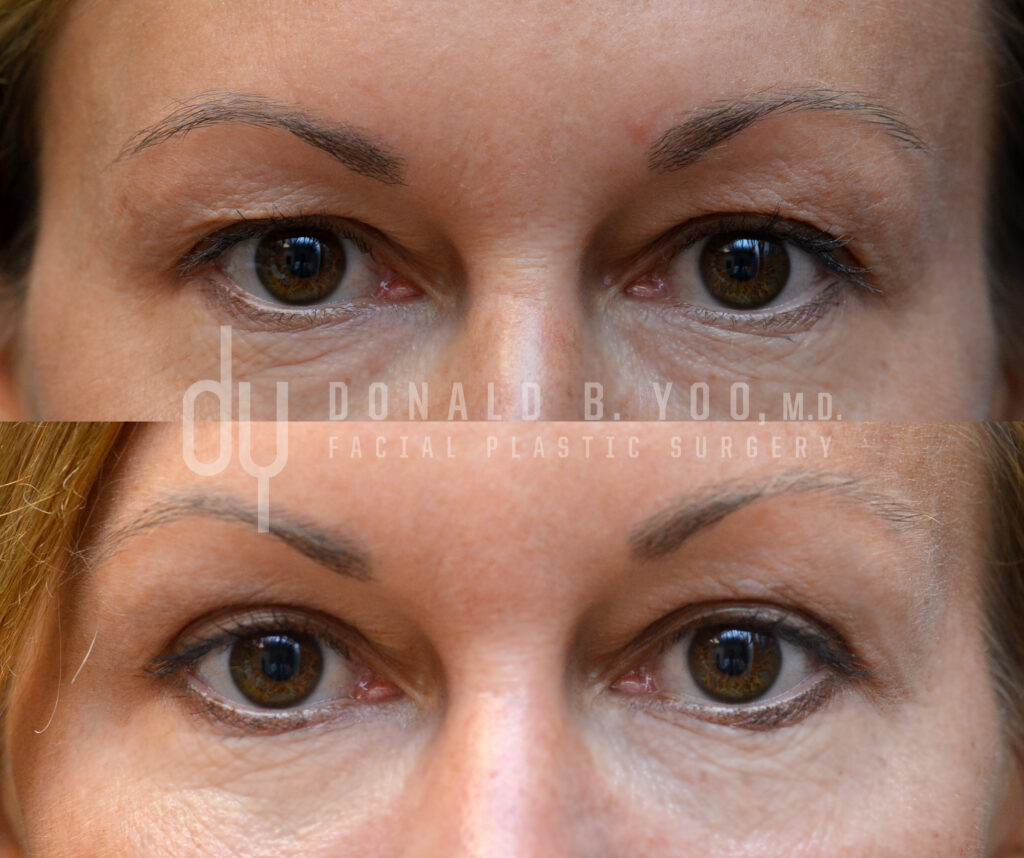
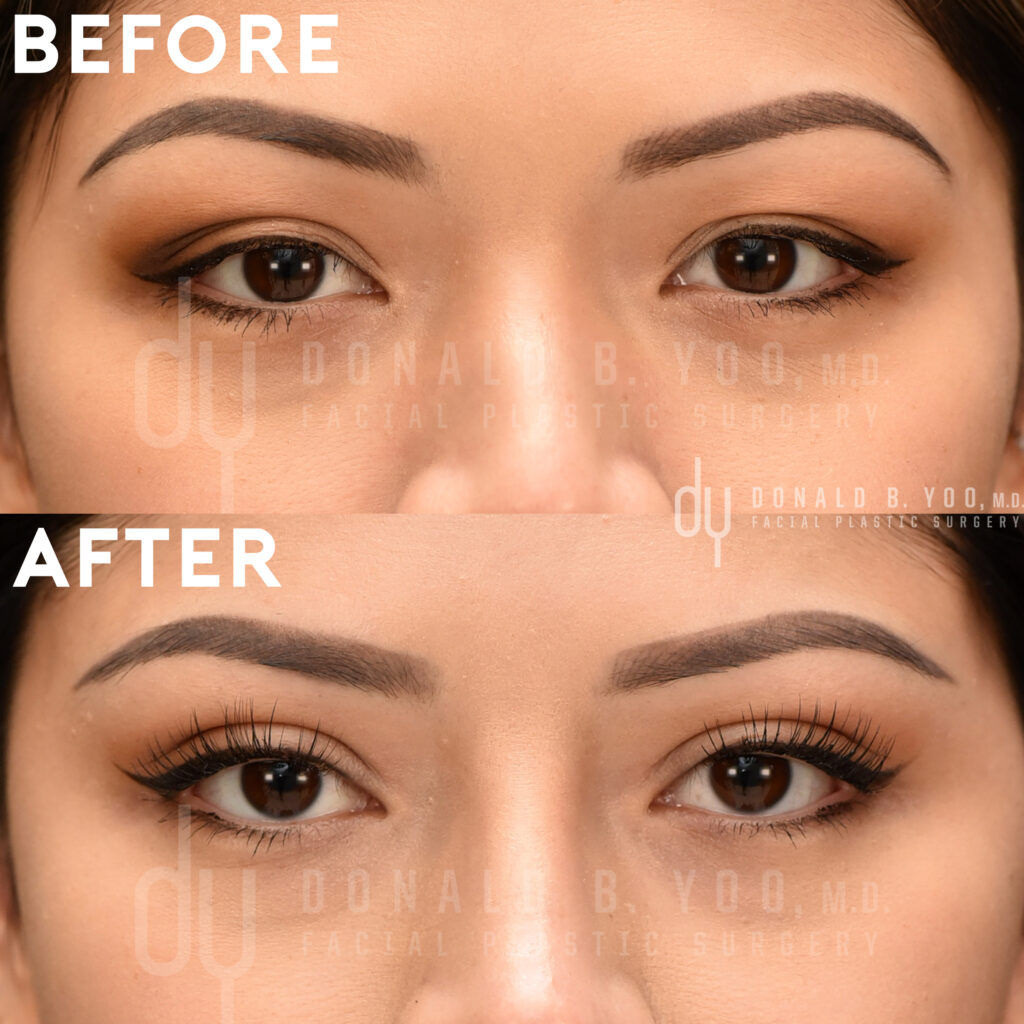
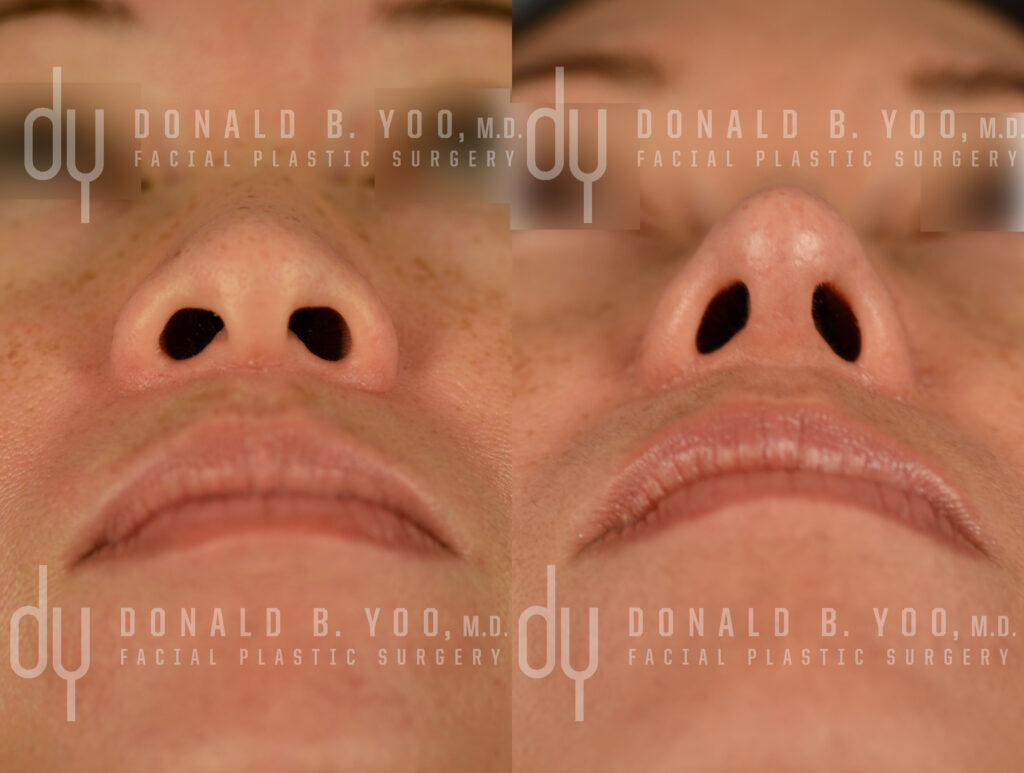
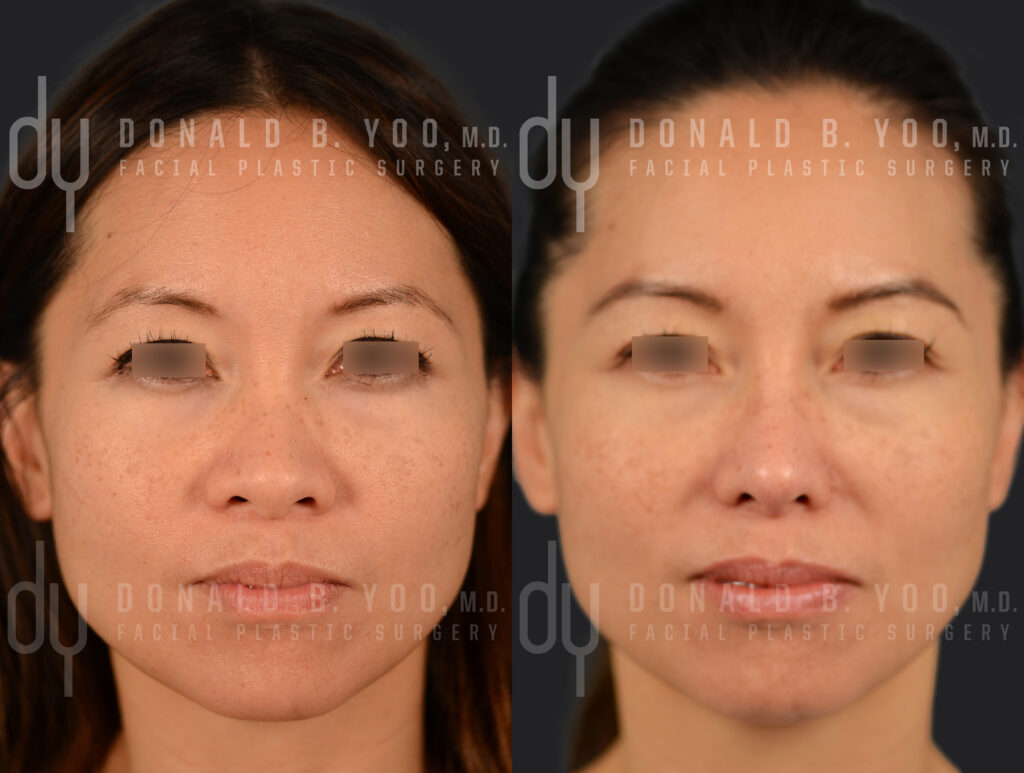
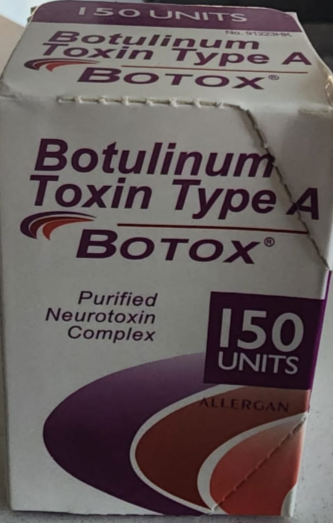
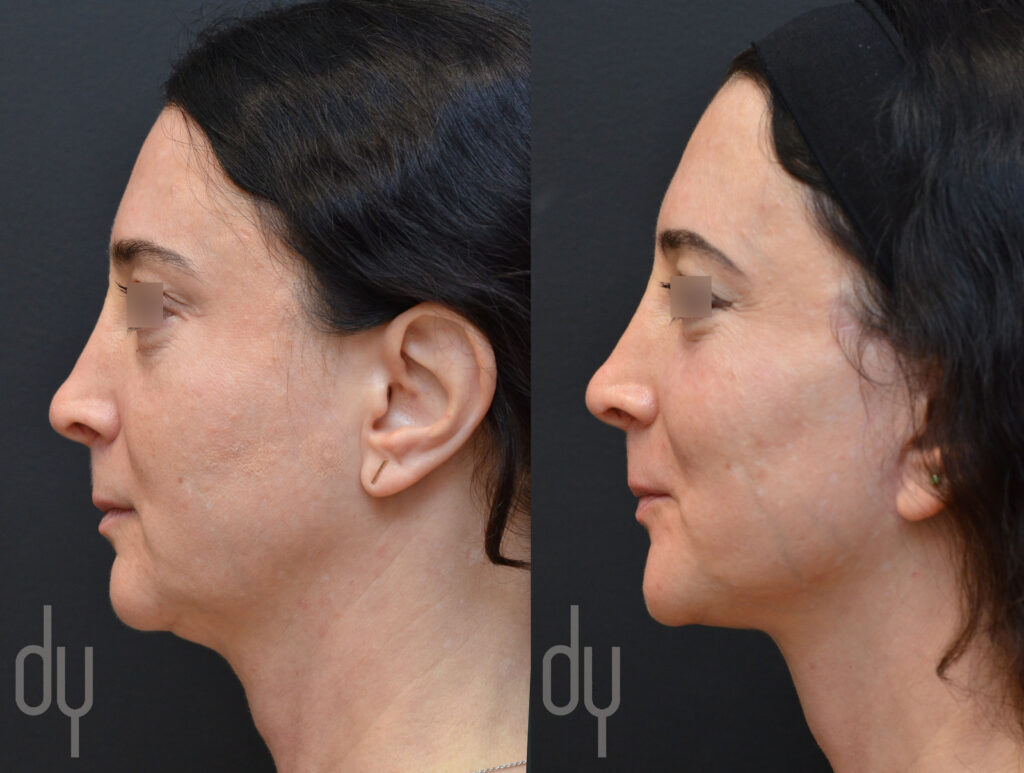
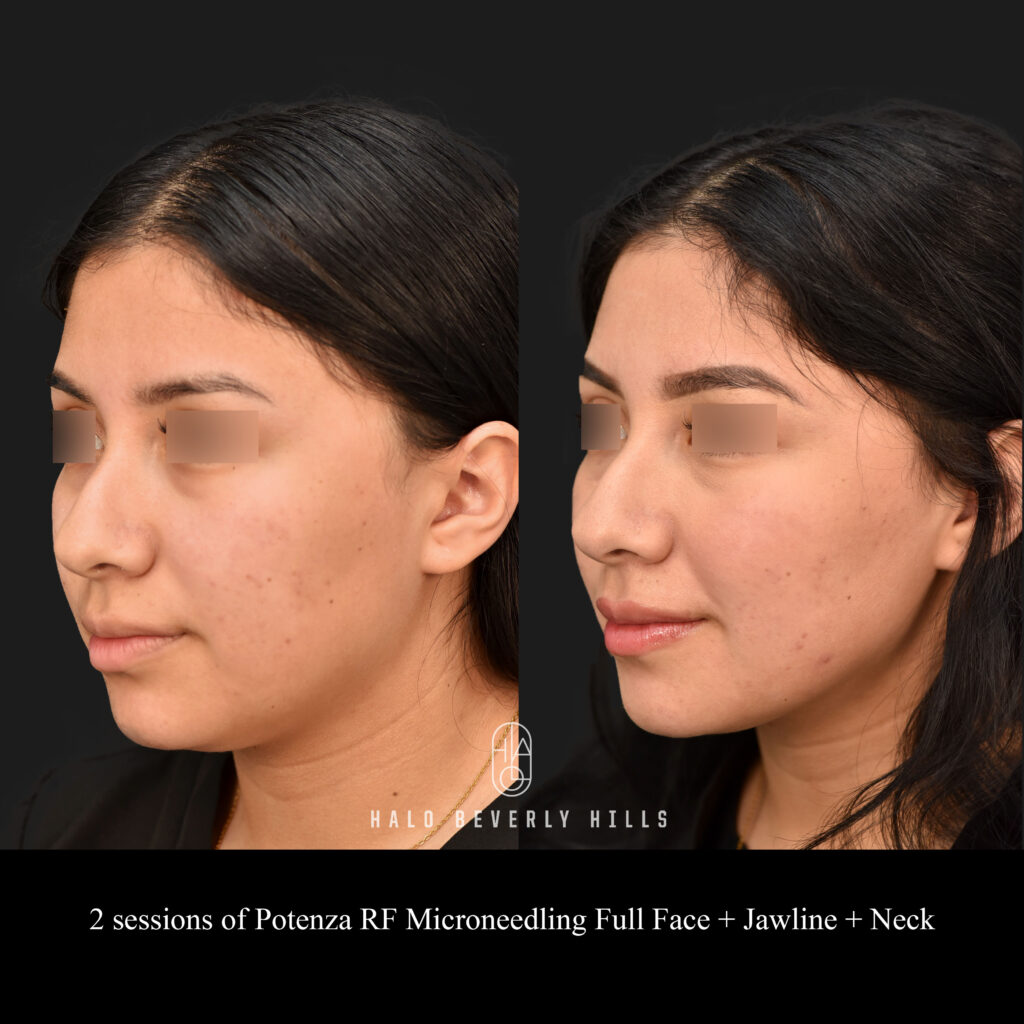
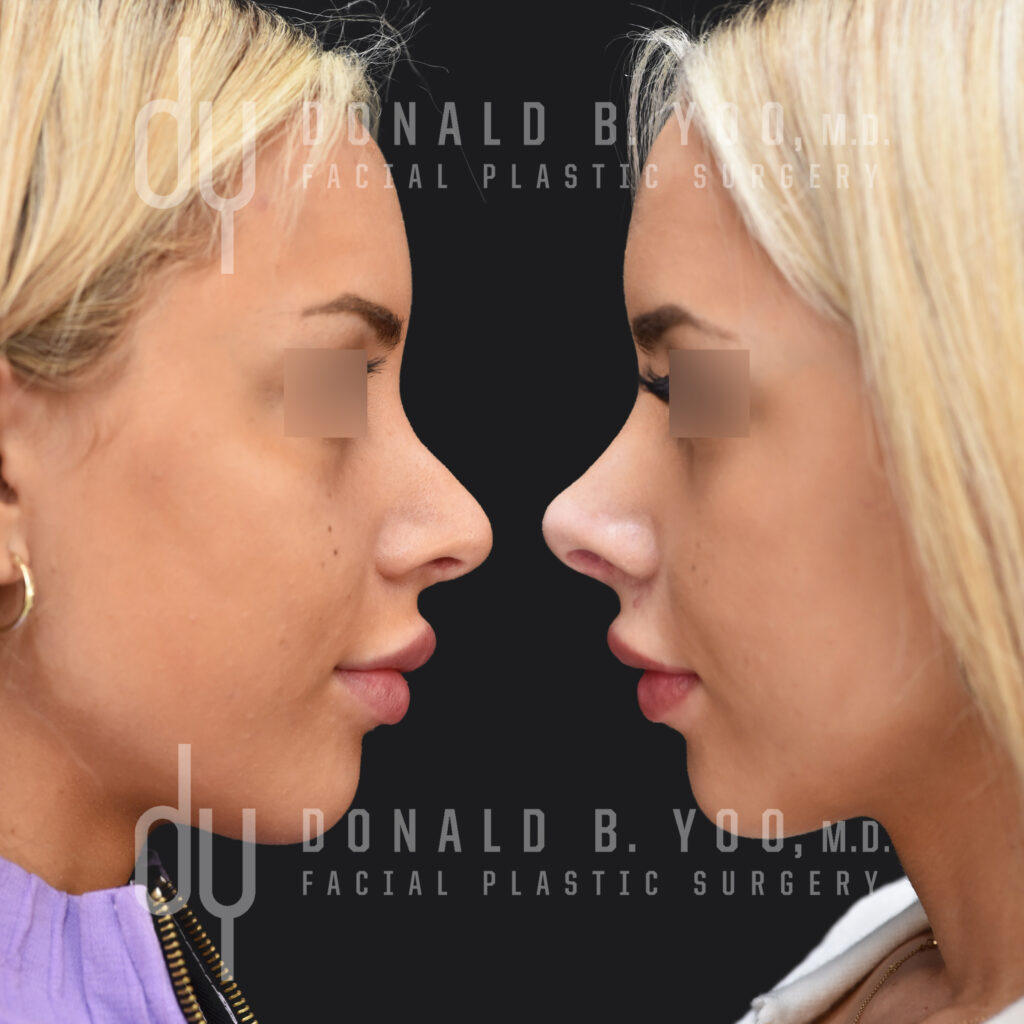
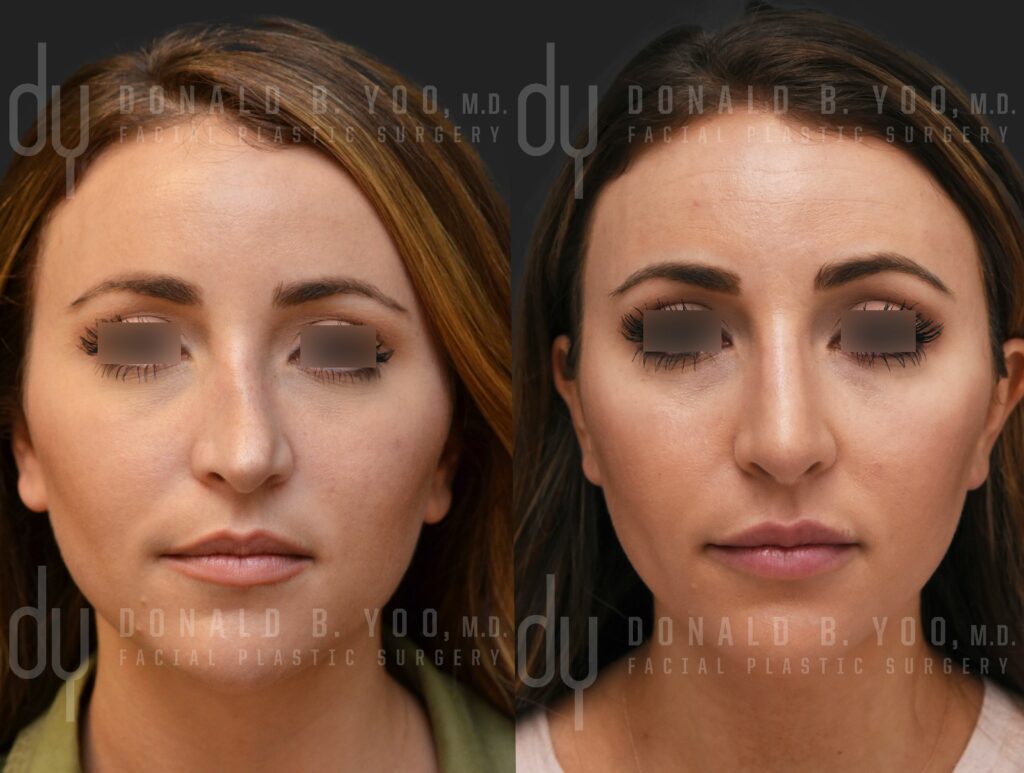
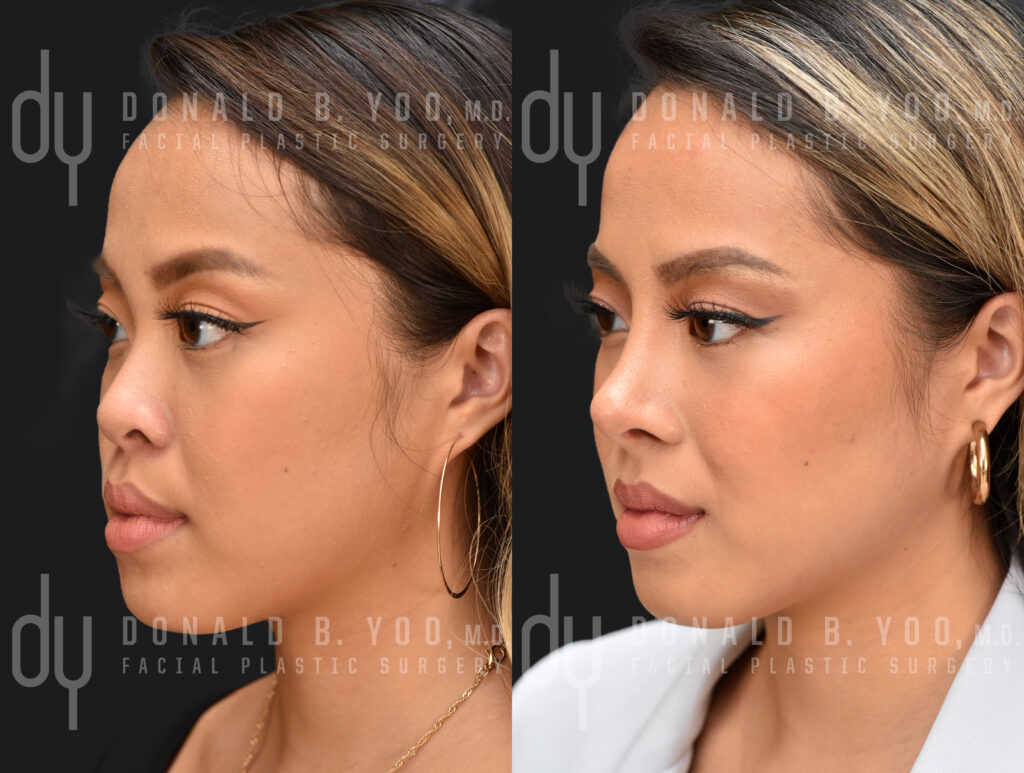
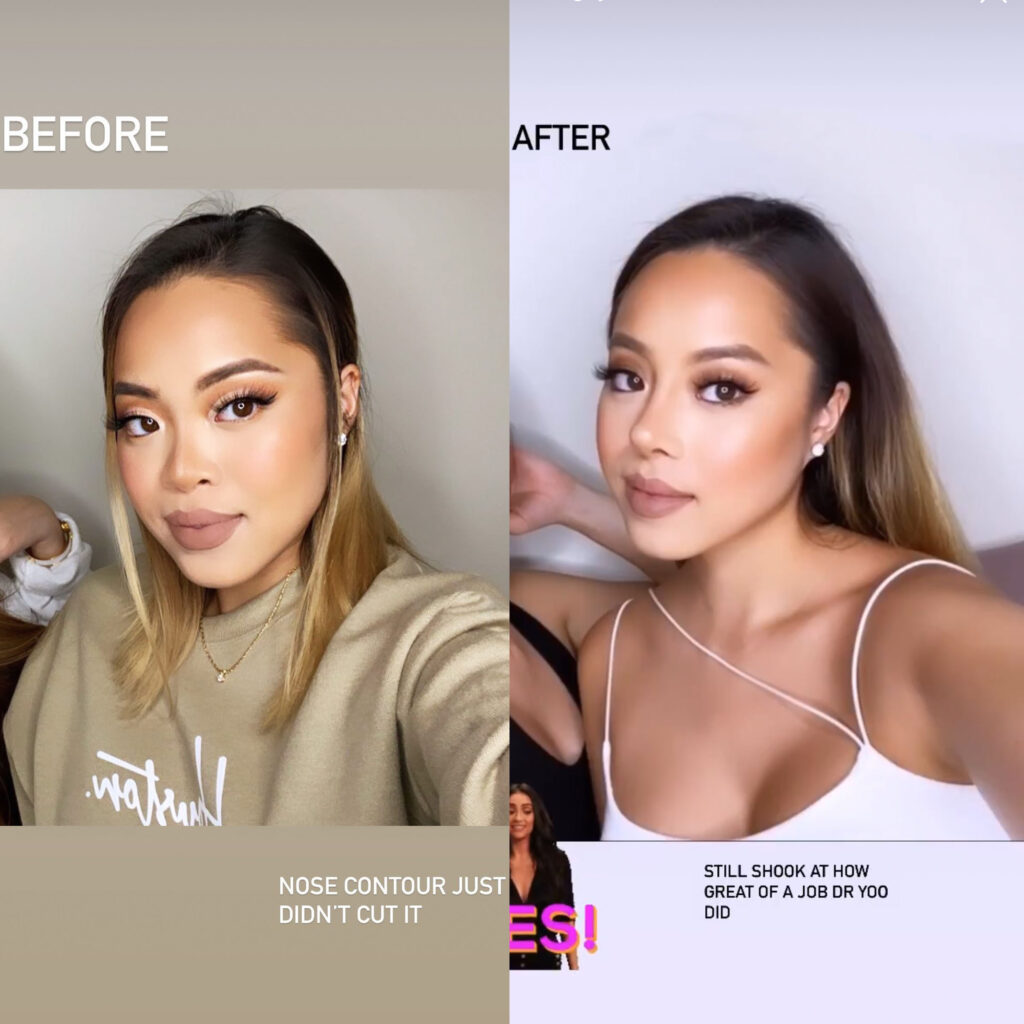
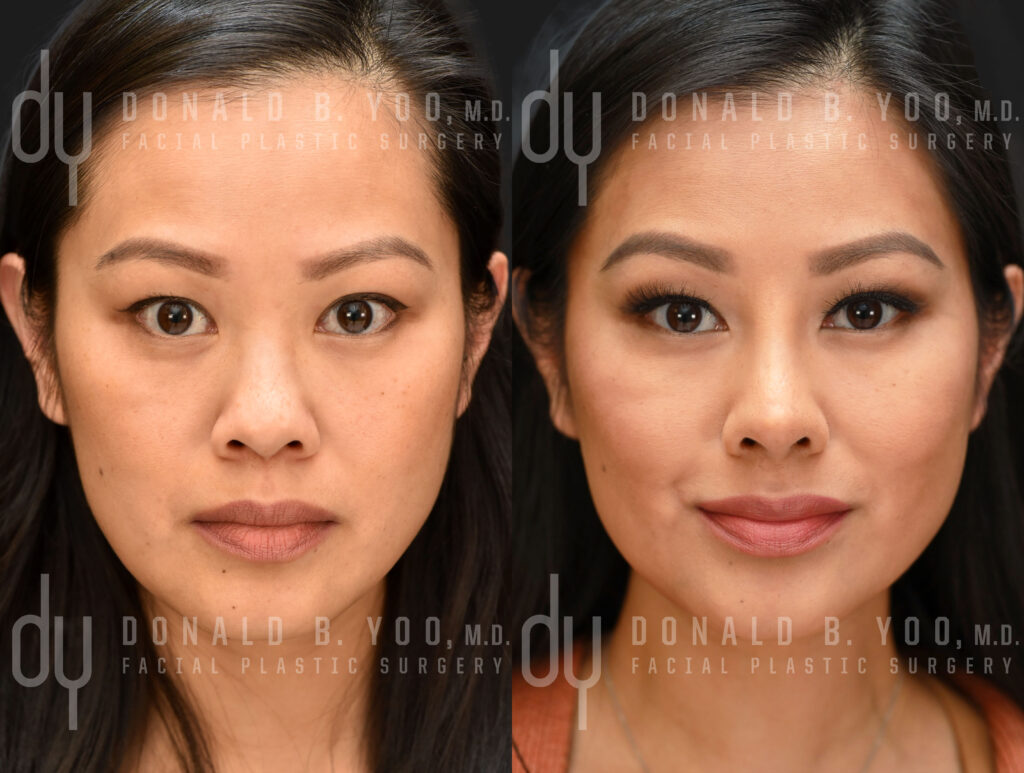
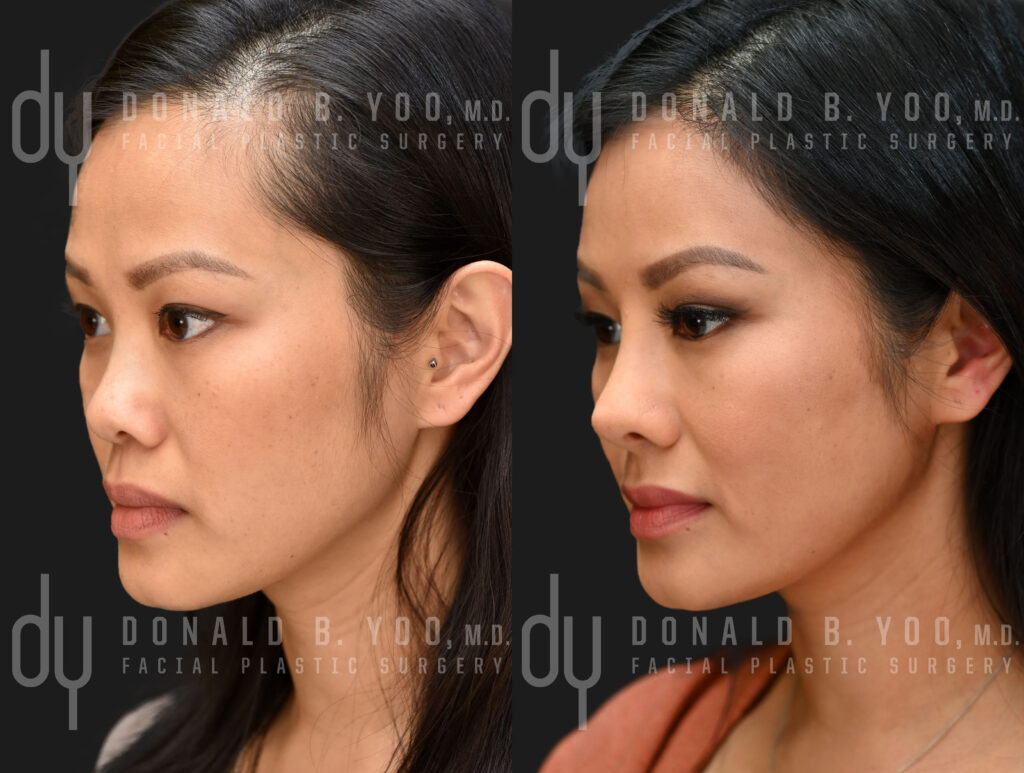
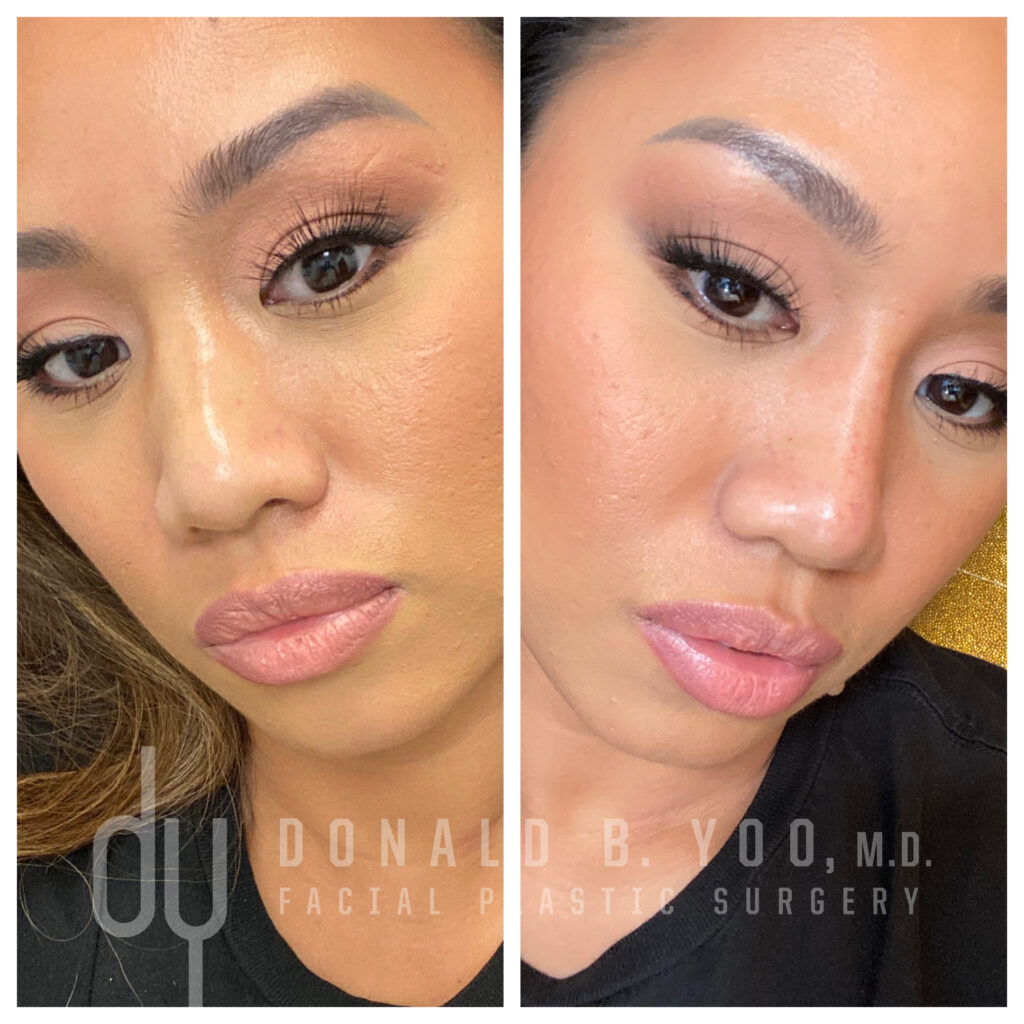
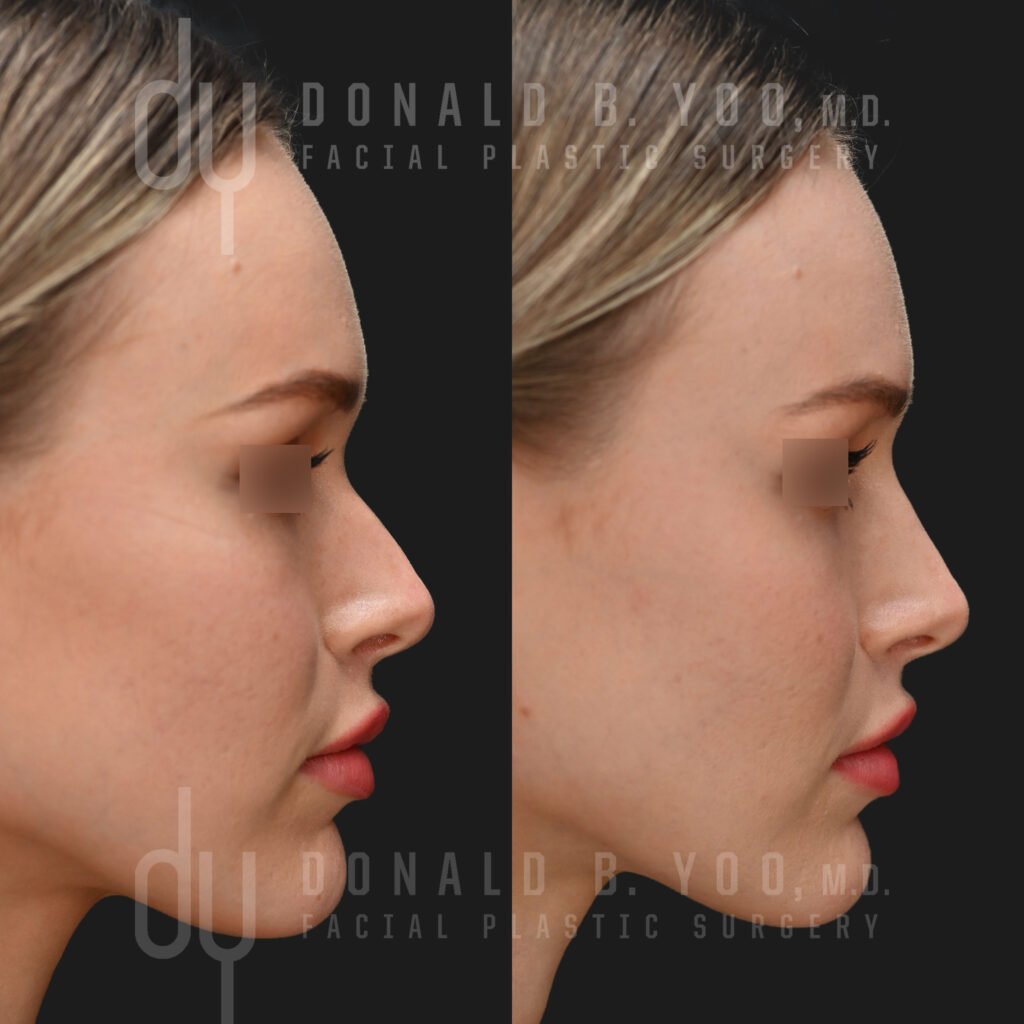
 Contact Us
Contact Us